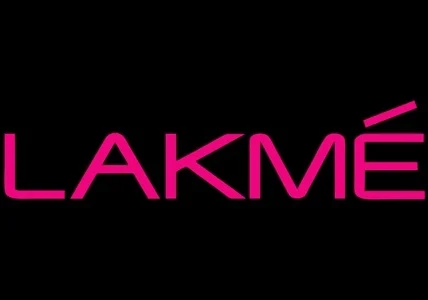What is emotional design? What are desirability studies? In the competitive world of product design and development, understanding what makes a product successful goes beyond just its functionality or visual appeal. While these aspects are certainly important, they are only part of the equation that leads to success.
The other, often overlooked, component is the emotional connection a product can establish with its users. This is where emotional design comes into play. Emotional design focuses on creating products that resonate with users on a deeper level, evoking positive emotions that can lead to increased user satisfaction, loyalty, and long-term engagement.
Read on to find out more about how UX agencies make use of desirability studies to create products that users love!

Understanding Emotional design
Emotional design refers to the practice of designing products that elicit specific emotional responses from users. This approach goes beyond traditional design, which often focuses solely on usability and aesthetics. Emotional design recognizes that human emotions play a significant role in decision-making and that positive emotional experiences can lead to increased user satisfaction, loyalty and product advocacy .
When a product is designed with emotional triggers in mind—such as joy, trust, or nostalgia—it can create a more memorable and engaging experience for the user. This is especially important in today’s market, where users are often overwhelmed with choices and tend to gravitate towards products that stand out not just in functionality, but also in how they make them feel.
The importance of emotional design in product development
Incorporating emotional design into the product development process should not be dismissed as just a passing trend; it is a necessity in today’s market. Products that successfully engage users on an emotional level are more likely to stand out in a crowded marketplace. This engagement is crucial for creating a lasting impression and fostering a loyal user base.
Consider the success of iconic products like Apple’s iPhone or Tesla’s electric cars. These products do more than just perform their intended functions. One could even argue that there are better cars and smartphones out there from a technical standpoint – but they make users feel a certain way.
These emotional associations are powerful drivers of consumer behavior. Not to mention that they are a direct result of intentional emotional design.
- Apple’s products, for example, are often associated with feelings of sophistication, innovation, and exclusivity.
- Tesla, on the other hand, taps into emotions related to environmental responsibility, cutting-edge technology, and status.
The intersection of emotional design and desirability studies
Desirability studies are a vital tool in understanding what users find appealing about a product. These studies are implemented by UX agencies with the aim of capturing users’ perceptions, preferences, and emotional responses to different UX (user experience) design elements. This is also part of the desirability study process at Ergomania, where the focus is on discovering what users like and why they like it.
By analyzing this data, designers and developers can identify which aspects of a product are most likely to elicit positive emotions and which may need to be adjusted to better align with user expectations.
Creating products users love with emotional UX design
The ultimate goal of combining emotional design with desirability studies is to create products that users not only use but love. This attachment can be the result of several factors, such as a product’s ability to solve a problem intuitively, its aesthetic appeal, or simply because of the positive emotions it evokes during use.
What kind of positive emotions could your product evoke from your users? Do you know what they like and why they like it?
To achieve this level of connection, companies must be willing to invest in understanding their users on an emotional level. This involves conducting thorough desirability studies, analyzing emotional responses, and iterating on UX designs to ensure that the final product not only meets functional needs but also creates a lasting positive impact on your target audience.














